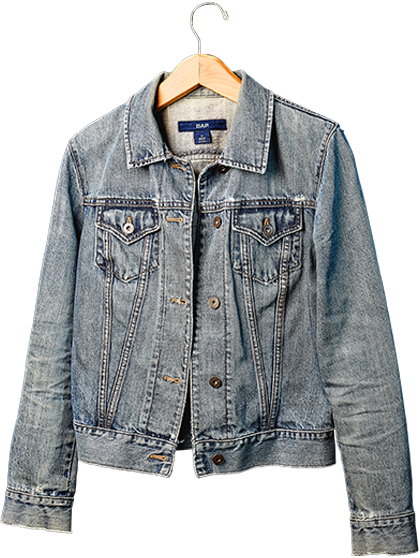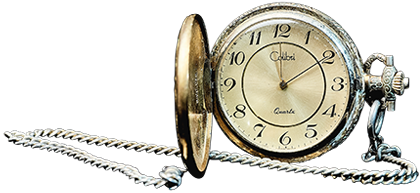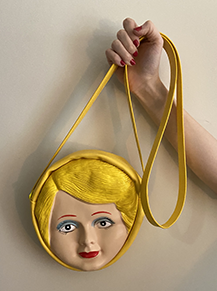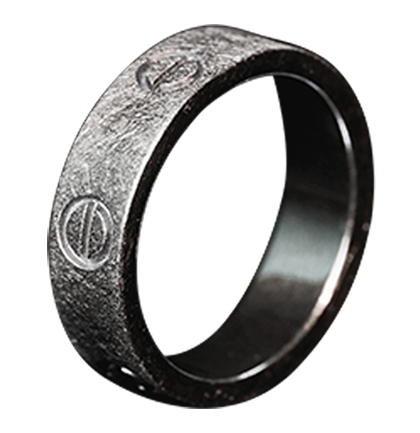Kimono
ABOUT
The kimono is a very important cultural item for Hayate Hosenji, a Japanese-American, to connect to his Japanese heritage. Growing up with a fashion designer mother, he would always see kimonos around the house as she worked on her fashion brand. Kimonos are derived from a garment called the kosode, a T-shaped short sleeve robe, which was worn by Japanese people in the Nara period (AD 710-794). The garment evolved into the kimono during the Edo period (1603-1868) when women began using more decorative patterns with longer body and sleeve length.
While formal kimonos are almost always made of silk, in modern times
they are made in a variety of fabrics such as cotton and polyester to be easier to maintain. Women’s kimono patterns typically consist of bright colors and intricate designs, while men’s kimono are much simpler and have darker subdued colors. Kimono can also be worn with other garment pieces such as the hakama or the haori. Hakama are pleated divided pants or an undivided skirt resembling a wide pair of pants, worn over the obi. Haori are a mid-length
overcoat structured similarly to the kimono, typically worn by men, but can be worn by women as well.
—Kristen Chan
Listen to Audio
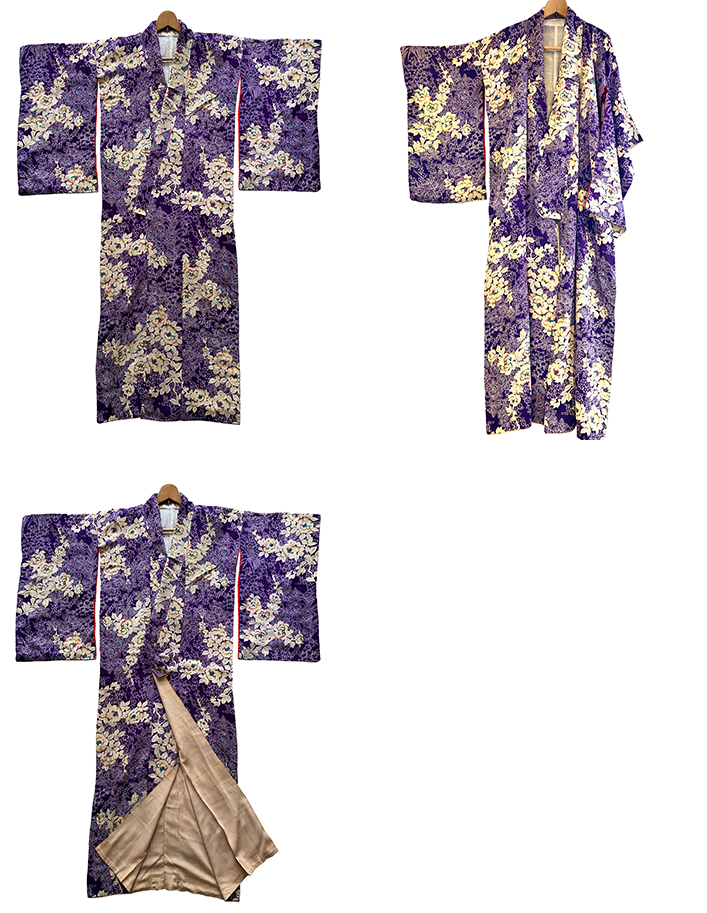
ORIGIN
Japan
APPROXIMATE DATE
c. 2000
MATERIALS
Silk
COLLECTION OF
Hayate Hosenji
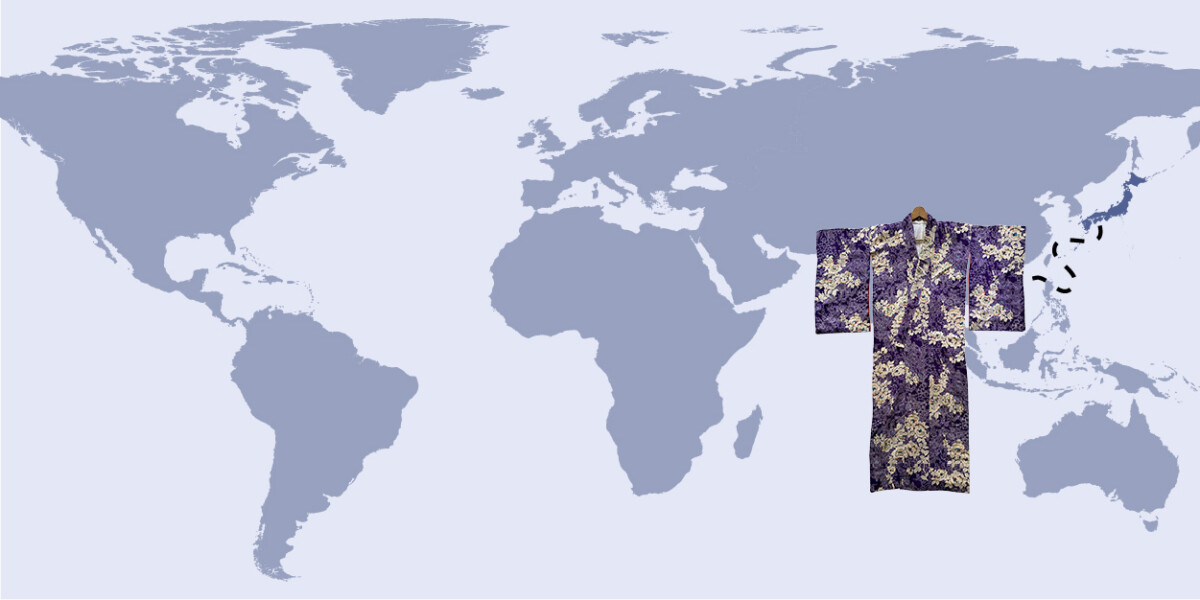
Kimono

ABOUT
The kimono is a very important cultural item for Hayate Hosenji, a Japanese-American, to connect to his Japanese heritage. Growing up with a fashion designer mother, he would always see kimonos around the house as she worked on her fashion brand. Kimonos are derived from a garment called the kosode, a T-shaped short sleeve robe, which was worn by Japanese people in the Nara period (AD 710-794). The garment evolved into the kimono during the Edo period (1603-1868) when women began using more decorative patterns with longer body and sleeve length.
While formal kimonos are almost always made of silk, in modern times
they are made in a variety of fabrics such as cotton and polyester to be easier to maintain. Women’s kimono patterns typically consist of bright colors and intricate designs, while men’s kimono are much simpler and have darker subdued colors. Kimono can also be worn with other garment pieces such as the hakama or the haori. Hakama are pleated divided pants or an undivided skirt resembling a wide pair of pants, worn over the obi. Haori are a mid-length
overcoat structured similarly to the kimono, typically worn by men, but can be worn by women as well.
—Kristen Chan
ORIGIN
Japan
APPROXIMATE DATE
c. 2000
MATERIALS
Silk
COLLECTION OF
Hayate Hosenji

Listen to Audio
OTHER OBJECTS FROM THE EXHIBITION


